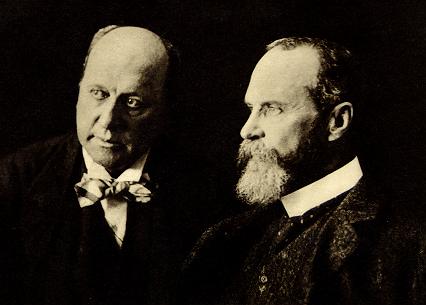"Tainted data hide the cost of Africa’s upheavals
By Michael Holman and Greg Mills
Published: May 24 2009 22:15 | Last updated: May 24 2009 22:15
Even by Africa’s grim standards, it was a horrendous statistic: 5.4m people have died in the Democratic Republic of Congo from “war-related causes since 1998”, claimed the International Rescue Committee in January last year.
The figure, based on a series of house-to-house visits across the country conducted by the New York-based agency, won widespread acceptance. It was used by the IRC and other relief bodies in their appeals for funds, cited by diplomats in their efforts to restore peace to the region and reported by journalists seeking a statistical shorthand for an African catastrophe.
But is it accurate? No, say two Belgian demographers, André Lambert and Louis Lohlé-Tart, who in 1998 worked on a census of Congo on behalf of the European Union. Total deaths attributable to the war and its consequences are closer to 200,000, they argue in a paper produced earlier this year. The authors do not deny that preventable diseases have cost millions of lives but point out that this goes back to the 1970s, when health and other services in a country the size of western Europe collapsed under Mobutu Sese Seko, the former dictator.
The IRC vigorously defends its research, accusing its Belgian critics of using flawed methodology. In the welter of claim and counter-claim, one point emerges: the work that has gone into the IRC calculation is the exception and not the rule. When it comes to most African statistics, one should pause for thought and add a pinch of salt. Who knows whether Unicef’s calculation, based on African governments’ figures and surveys by UN agencies, that 4m African children under the age of five die every year of preventable illness is a gross underestimate, an exaggeration or about right? How reliable is the claim that deaths in Africa from malaria total 1m annually?
The truth is, we usually do not have a clue. How could we? Among the first casualties of Africa’s economic and political upheavals were statistics departments, invariably neglected by post-independence governments. Yet as the region’s crisis deepened, statistics were in increasing demand. The International Monetary Fund needed them when monitoring a country’s economic performance. Planners needed them to assess levels of health or education. Aid agencies needed them to identify those most at risk.
Many of the figures that emerged distort rather than illuminate. Will we ever know the population of Nigeria, where Muslim-Christian rivalry has made an accurate count impossible? If we are forced to guess at the population of Africa’s most populous state, are we not also guessing at the number of deaths on the continent caused by preventable diseases?
Most of these statistics are treated as authentic because the United Nations or the World Bank is their source. A few seconds’ reflection should undermine the credibility of such figures. Who accepts that in the failed state of Somalia it is possible to determine the infant mortality rate? Yet according to the World Bank it stayed at 133 per 1,000 between 2000 and 2005 (World Development Indicators, 2007).
In fact, barely an African statistic is not tainted: the product of a statistician’s sucked thumb, a politician’s self-interest, UN guesswork, a non-governmental organisation’s fundraising drive or a lobbyist’s agenda. It is difficult – nay, impossible – to generate an accurate figure for growth when the informal sector accounts for the bulk of African economic activity and output.
An accurate count of lives lost in war or famine is never easy. But it becomes little better than guesswork when basic population figures are in dispute. The first step towards compiling an accurate picture is to make assistance to Africa’s under-funded statistics departments a priority in international aid programmes.
At the same time, enlist the support of the private sector and create a new index – call it the Africa Commercial Indicator – that would measure economic development and serve as a yardstick for the level of poverty. Such an index could be based on sales and purchases, collated and monitored by the local producers, of items such as beer and soft drinks, sugar and salt, electricity and cement, as well as the volume and value of exports that can be verified.
Accurate statistics, objectively gathered and responsibly used, are as essential as compassion in tackling Africa’s plight. Tracking its crisis without reliable data is like exploring the continent without a compass.
Michael Holman is a former FT Africa editor; Dr Greg Mills is director of the Brenthurst Foundation in Johannesburg"







































No comments:
Post a Comment